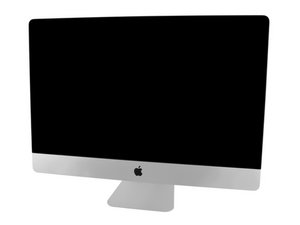Can I install both PCIe SSD and SSD hard drive at the same time?
i have purchased FLEANE FM13A 1TB PCIE 3,0X4 NVME and OWC 2TB 6G SSD, and I installed both on my IMAC late 2013, however, I noticed that the OWC is mounted but as storage only (like an external storage drive) while the PCIE contains all the IMAC operating system that I got from the migration process after installing it.
My intention was to use the 2TB OWC storage to boost my IMAC storage and to have the PCIE increase the boot speed of the apps.
please advise how can I fix it and if can I have both at the same time.
Questa è una buona domanda?



 24
24  35
35  32
32 

1 Commento
@sam1968 - I’m not following you here… When you boot up your system are you able to see both drives from within Disk Utility? Both should be visible in the left column.
da Dan